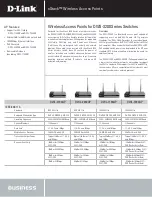
Page 41 of 130
What is a Surge?
A “surge” is a short-term increase in voltage or current. Both lightning and the AC power
distribution system cause surges, but of very different magnitudes and durations.
These events can either be via direct contact or by field or resistive coupling from events
close to the telephone system, resulting in a wide variety of threats.
For example, the effects of a power line fault caused by lightning may even be more
threatening to the telephone system than the original lightning.
Grounding
Grounding is the process of removing the excess charge on an object by means of the transfer of
electrons between it and another object of substantial size (i.e. the Earth).
A proper ground serves two purposes. It allows our circuits to perform properly and it allows us to
properly protect our services and facilities, including those of the subscriber.
Figure 45: Grounding
Bonding
The Canadian Electrical Code require all grounds, i.e. telephone, electric power, lightning rod and TV
antenna ground rods, to be bonded (interconnected) by a copper ground wire to prevent hazardous
voltage differences between such grounds in the event of a lightning surge or accidental power
contact on one of the systems.
Bonding is required regardless of the distance between electrodes.
Bonding of the drop cable should be done at the NID and PED/ENC.
Use your company approved bonding clip for bonding the drop cable to ground.
















































